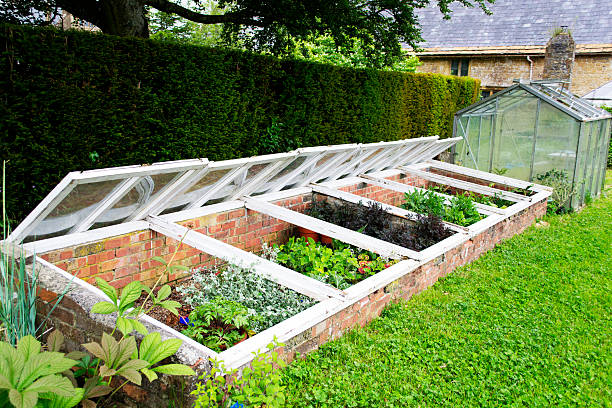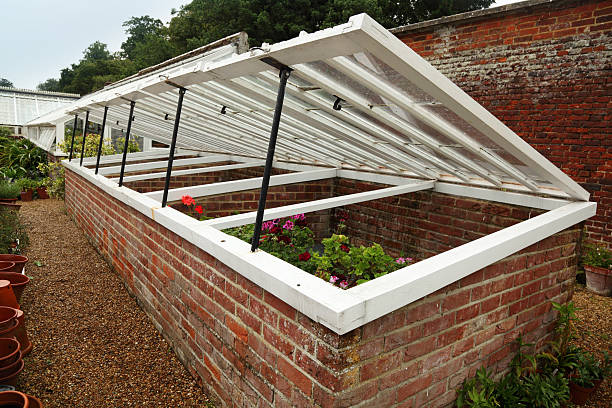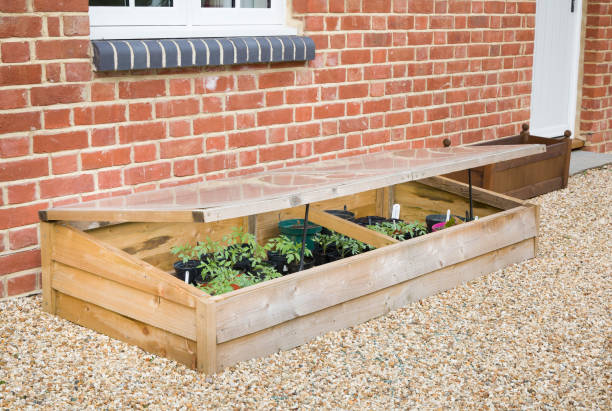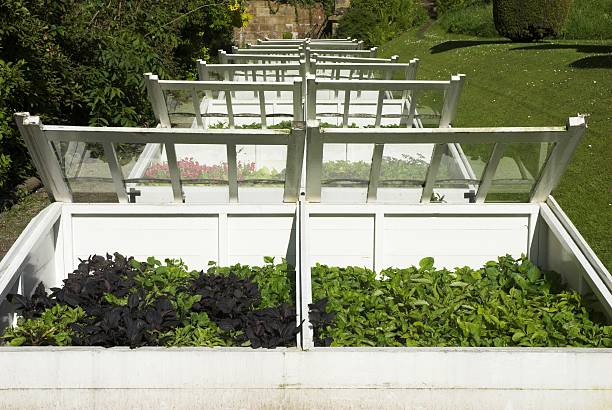These mini-greenhouses are used to shelter your plants and expand your gardening options. Here’s what you need to know about cold frames and how they can benefit your gardening experience.
What are cold frames?
Cold frames are simple structures that you can create DIY-style to take advantage of solar energy to enhance the growth of your plants. Most gardeners use cold frames to overwinter plants, extend the growing season, and harden off their plants.
When thinking of building one, you need to keep a few basic factors in mind. Some plants are better suited for cold frames compared to others, so choosing the right plants is important. The type you use dictates how much protection you can offer your plants.

Image Credit: Pexels
Types of cold frames
Choosing the type of frame to use depends on the plants you are working with and what you are trying to achieve with them. There are three commonly used types of cold frames: portable, permanent and temporary.
1. Portable frames
They are usually smaller and more lightweight than their counterparts, they allow for easy transporting and movement. Portable frames are ideal for protecting your veggies from light frosts and mild cold and are generally not insulated.
2. Permanent frames
These are in-the-ground frames that provide insulated and sheltered spots for growing many different crops throughout the year.
Since they cannot be moved, they are placed in the right location to ensure maximum sunlight exposure. Unlike the portable frames, they are built from solid materials.
3. Temporary frames
Temporary cold frames are perfect for an easy way to experiment without going through the trouble of building a permanent one. You can easily create them with a few available materials.

Image Credit: Unsplash
Uses for a cold frame
- They provide shelter and warm the environment to germinate seeds
- They help harden your young seedlings
- They help in extending the growing season
- They also help provide a sheltered place to grow your plants, in place of a greenhouse.

Image Credit: Unsplash
The year-round versatility that these frames offer is essential on many gardeners’ to-do lists.
ALSO SEE:
Feature Image: Unsplash

